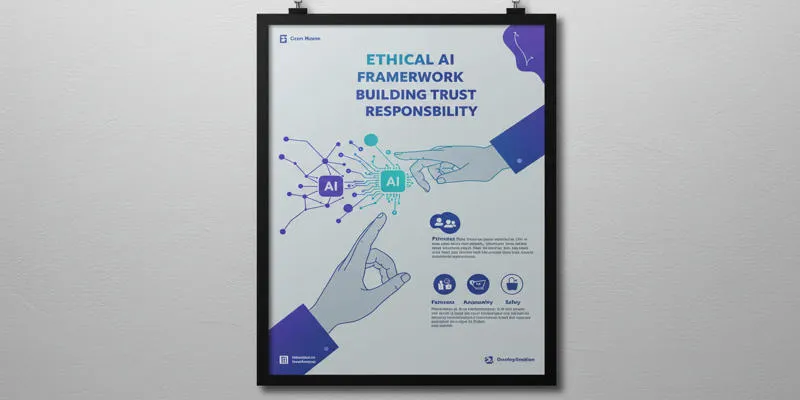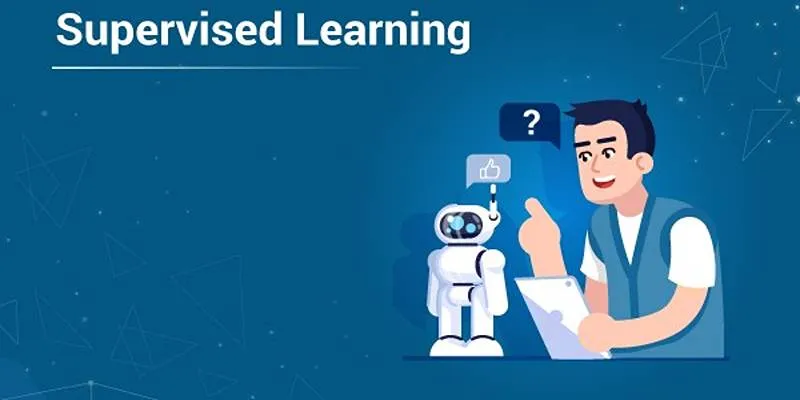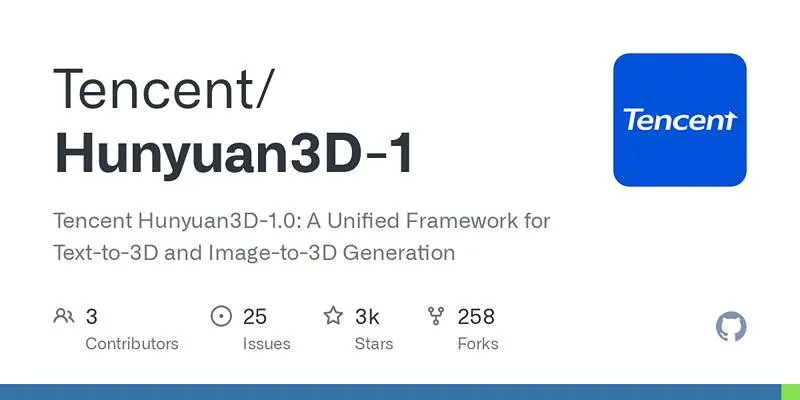Small language models often take a backseat in a field dominated by gigantic Large Language Models (LLMs). However, Capital Fund Management (CFM), a renowned quantitative investment firm, discovered the potential of harnessing smaller models powered by LLM insights. The result? Impressive outcomes without the hefty expense of running colossal models. This move was not a risk or a novelty experiment, but a strategic approach towards enhancing real-world performance in terms of speed, accuracy, and resource utilization.
CFM’s Efficient Approach to Model Tuning
CFM’s operations revolve around the fast-paced financial markets where speed and reliability are vital. Initially, they utilized a blend of mid-size transformer models for understanding financial documents, reports, and news. These models were adequate, but “adequate” doesn’t cut it in competitive investment spaces.
Avoiding a switch to a full-scale LLM, which would entail continuous cloud costs, slower inference, and larger infrastructure demands, CFM pioneered a different use of LLMs. They utilized larger models, such as GPT-style systems, not for inference but for training supervision—essentially teaching their smaller models how to think.

Reducing Costs Without Compromising Quality
Often, it is assumed that better results require larger models, but CFM challenged this idea. Their fine-tuned smaller models began to achieve performance levels that, while not matching the largest LLMs, were more than adequate for specific financial tasks. Tasks such as sentiment analysis of earnings calls, rapid classification of economic news, and parsing policy changes were accomplished faster, cheaper, and with sufficient accuracy to act on.
Impactful Improvements in Financial Workflows
The refined small models started to impact a wide range of internal processes. For instance, legal document processing that previously took teams of analysts several hours was now handled by models in minutes. While human review was still part of the process, the initial groundwork was now automated.

Setting a Realistic Path for Other Firms
CFM’s success story shows us that firms without unlimited computing budgets or technical teams can still benefit from the strengths of large models. The key is strategic usage. Use LLMs to instruct, not to run everything. Develop smaller models that know how to manage your specific tasks, and then deploy them in ways that make sense for your workflows.
Conclusion
CFM’s achievement wasn’t about following trends. They viewed large language models as mentors, not simply tools, and fine-tuned smaller models into efficient systems that could meet their real-world demands. The outcome was increased speed, improved reliability, and reduced costs—without a significant compromise on quality. It’s a blueprint for anyone who wants the advantages of advanced AI without the baggage. Remember, it’s not always about size. Sometimes, a smart, well-trained tool is more than sufficient.
 zfn9
zfn9





















